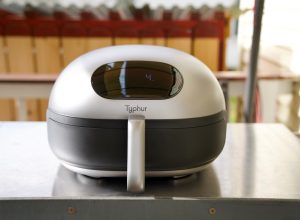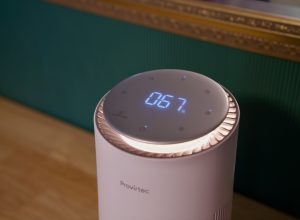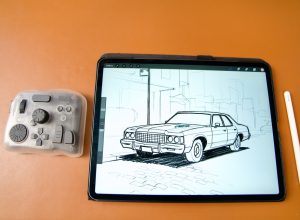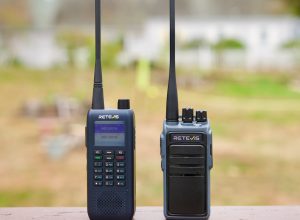When I started owning a home a few years ago, I had to look for an affordable battery-powered lawn mower and the RYOBI 40V HP RY401180 was an appealing choice because of its low price point. I used it for a few years and was quite happy with it; It is absolutely not the best lawn mower but it is good enough for most homeowners. However, over time I’ve seen the upper limits of the Ryobi, especially on my uneven and sloped lawn. I found the Makita 40V max XGT Brushless 21″ Mower (GML01SM) on clearance at a nearby Home Depot. The Makita looked like a returned unit, slightly used with torn box, however, it was still in a decent condition. It is advertised as a commercial lawn mower and was just a bit more expensive than the RYOBI, so that was a no brainer for me. I sold the Ryobi for $200 and bought this Makita for $300.
Spec Comparison
| Feature | Ryobi RY401180 | Makita GML01SM |
|---|---|---|
| Cutting Width | 20 inches | 21 inches |
| Deck Material | Polymer Composite | Commercial-Grade Steel |
| Battery System | 40V (typically single 6.0Ah) | 40V max XGT (kit with 2x 4.0Ah, auto-switching) |
| Claimed Runtime (Typical) | Up to 40-42 mins (on 1/2 acre or less) | Up to 54 mins / 3/5 acre (with two 4.0Ah batteries) |
| Weight (approx. with battery) | ~44 lb | 72.5 lbs |
| Key Durability Features | Standard residential build | XPT (Extreme Protection Tech), IPX4 Weather-Resistant |
| Self-Propel Drive | Rear-wheel, variable speed | Rear-wheel, variable speed (1-3 MPH), cruise control |
How The Makita Mower Excels?
Built To Last: The commercial-grade steel deck of the Makita felt incredibly solid and durable, a contrast to the Ryobi’s polymer deck. A rigid steel deck contributes to maintaining a consistent cut height and can improve airflow for better mulching and bagging. The Makita’s Extreme Protection Technology (XPT) and its IPX4 weather-resistant construction are engineered to channel water and dust away from key internal components. Besides, the large 9-inch wheels with steel ball bearings deliver a noticeably smoother roll and felt more durable than the Ryobi’s wheels.
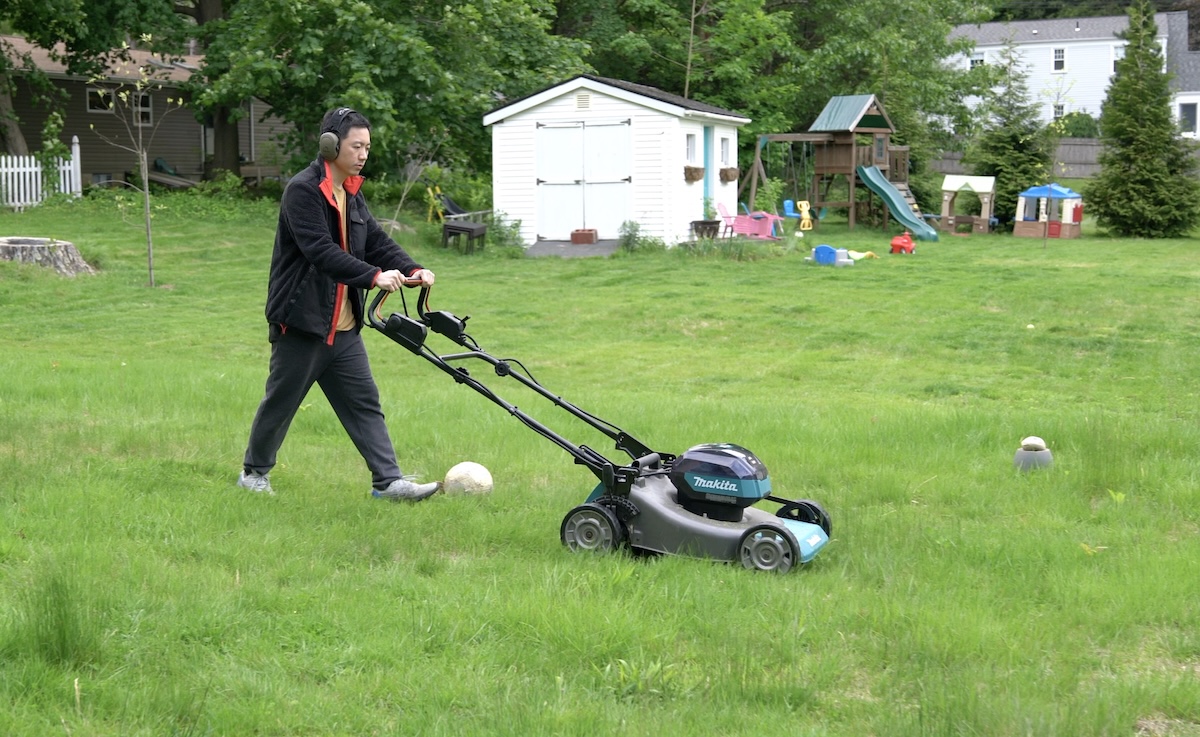
XGT Battery Advantage: The Makita kit includes two 4.0Ah XGT batteries and features an auto-switching two-bay system. Many people complains about the battery life but that is not an issue for me. My lot is 0.5 acre and I have no problem mowing both the front and back yard for about 40 minutes. The power delivery felt consistently strong from the beginning to the end of the charge. If you have a larger lawn, you can remove one 4.0Ah battery and reach a full charge in 45 minutes or less.
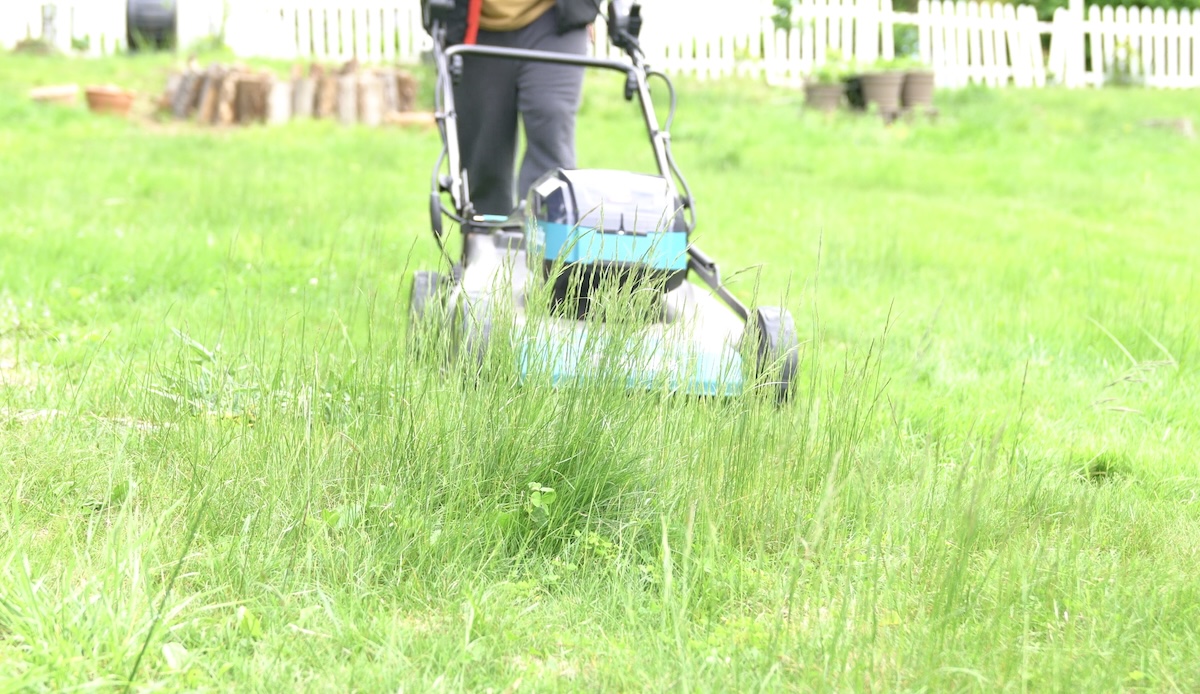
Cutting Power & Quality: The Makita’s performance in challenging conditions is amazing. Although the motors of the 2 mowers can deliver pretty much the same 2,800 RPM, the Ryobi struggle with dense or slightly wet patches of grass. The Makita powers through these areas without hesitation, leaving a visibly cleaner, more even cut. The difference was more noticeable when I cleaned leaves last Fall; I gathered leaves into piles and ran the mowers over them. The Ryobi got stuck frequently and stopped working while the Makita chopped leaves into small pieces easily. The better mulching performance is the primary reason that I upgraded from the Ryobi to Makita.
Overall, you probably don’t see any difference between the two mowers if you have a simple and flat lawn. However, I highly recommend the Makita if you want a heavy-duty lawn mower, need to mow dense grass, or just need higher performance, especially for sloped terrains or mulching piles of leaves.
